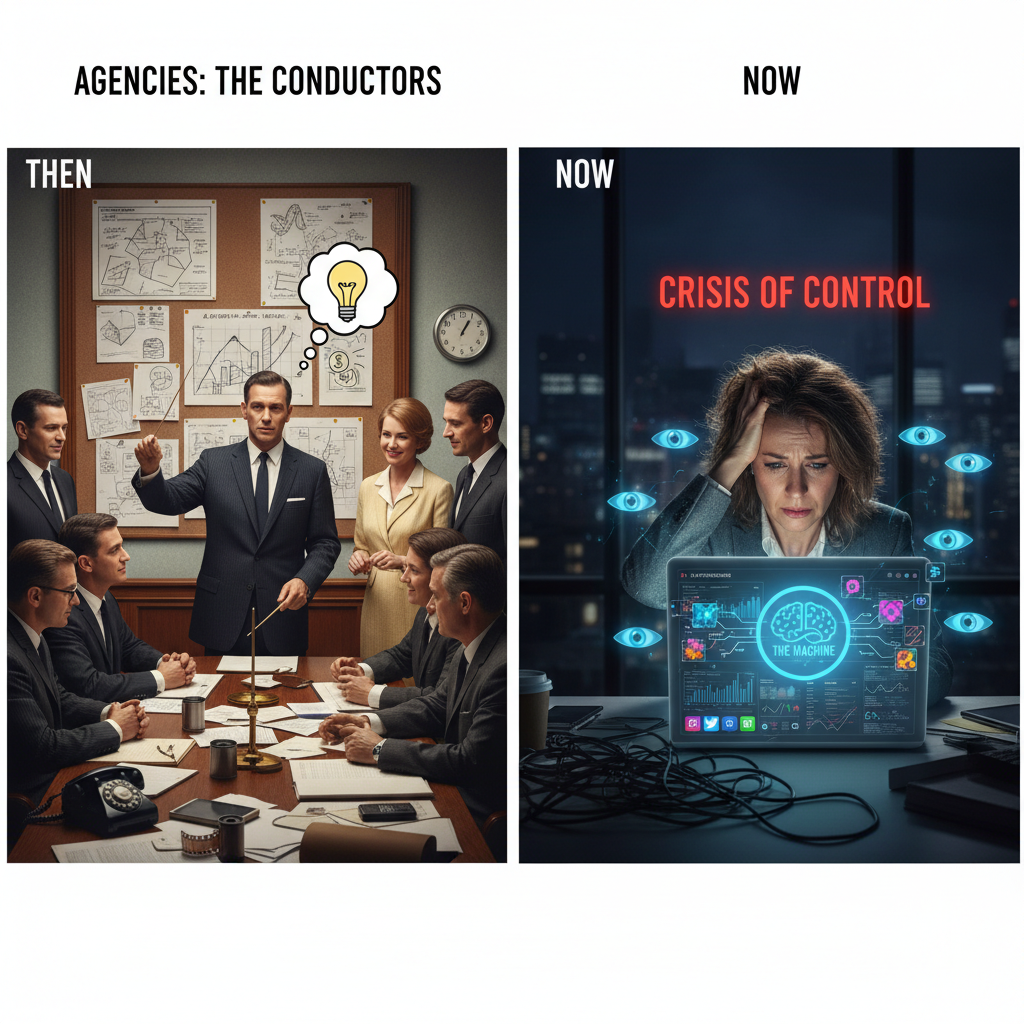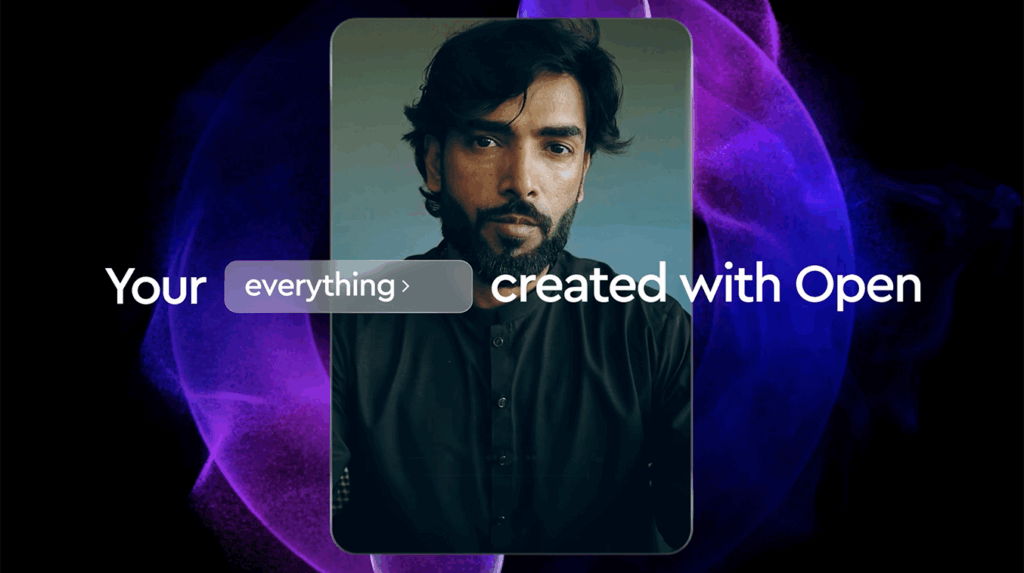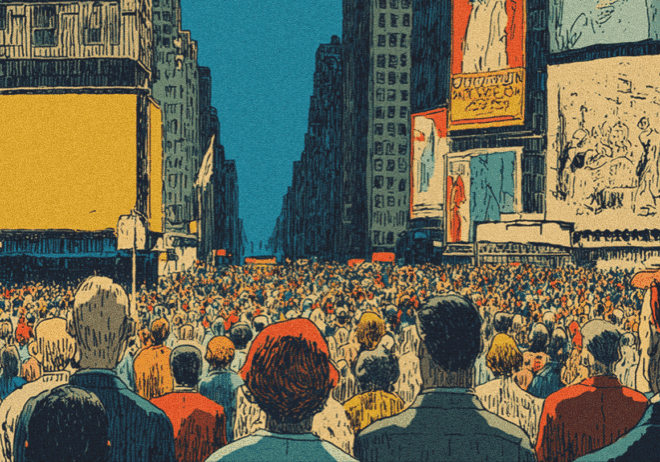
Digital Ad Spend Growth: How Agencies Can Survive and Thrive in the Boom
For years, global spending on digital advertising has been increasing by double-digit percentages, and the trend appears set to continue. In 2024, digital channels surpassed all traditional media combined in terms of advertising spend, and by 2025, the bulk of global ad spending will be allocated to just a few companies: Google, Meta, Amazon, TikTok, along with an ever-growing list of niche platforms. The good old TV ad buy? That is now the niche.
But here’s the twist: this boom doesn’t just reflect increased online spend. This represents a complete overhaul of the advertising ecosystem. Brands don’t just ask, “Where should we spend?” anymore. Instead, they’re asking, “How do we outsmart machines that already know our customers better than we do?”
So, what are the implications for agencies that find themselves at the intersection of creativity and technology? Let’s take a look.
Let’s talk about the agencies in crisis
In theory, more ad spend means more opportunity. Agencies should be flourishing. But in reality? Many are in a panic.
What’s behind the panic? The same platforms where money is being spent, including Meta, Google, and Amazon, are simultaneously (and quickly) rolling out self-serve ad options that are getting more sophisticated by the day. AI targeting, automatic bidding, even creative generation.
In other words, platforms are removing the intermediary. If a brand can log on, press “promote,” and get results, where does that leave the agency?
Margins are shrinking. Retainers are getting reduced. And suddenly, the agency is no longer the access point—they become the competitor.
How agencies used to control media
Historically, agencies were conductors. They coordinated media buying, produced creative content, and guided the client throughout the process.
Now, control has escaped the agency. AI-driven advertising platforms optimize in real time, faster than any media planner can blink. Dashboards provide visibility to clients on their spend and performance. Let’s face it. Sometimes the machine does a better job than the agency’s best guess.
It is this crisis of control in a “new” digital marketing landscape that keeps agency CEOs up at night.

Survival toolkit: What agencies need to do
On to the positive side, agencies will survive this boom—but not by doing the same thing. Surviving means evolving into something more valuable than “execution partners.” This is how we will proceed.
Create a Client Strategy, Not Just Tactical Execution: Ad delivery can be handled by platforms, but agencies control the why —the strategically positioned message (journey) and integrated campaign that matters and drives a client’s growth.
Bring Together Creativity and Regulated Data: AI can help you analyze data, but only humans can come up with risky and daring ideas that shape culture. It is the combination of storytelling and analytics that gives an agency an edge and respects great creative.
Be an Integration Between Touchpoints: Ads are merely a touchpoint. Agencies have to be able to integrate and follow channels to establish lifetime value while being able to connect campaigns to said value and the real-life impact in business.
Use AI & Research as Your Extra Hand: AI can handle the grunt work – data, dashboards, segmentation, etc. – so that people in agencies can focus on creative branding, development strategy, and high-value thinking.
Reestablish the Metrics of Success: Clicks are old news. Agencies must also demonstrate value through market share, retention, and revenue impact.
Examples of agencies adapting amidst the digital ad boom
These illustrations show how agencies are using AI and data integration to improve campaign efficiency, creativity, and personalization.
WPP has introduced WPP Open, an artificial intelligence-enhanced marketing platform that combines creative, strategy, media, and data, allowing for both speedier and more informed decisions and content creation across its global organization.

2. Cadbury Celebrations’ Hyper-Personalized Campaign Tied to Diwali
Cadbury Celebrations partnered with Ogilvy India to create hyper-personalized ads related to Diwali for Shah Rukh Khan to more than 2,000 small businesses using generative AI. The double benefit was that it supported local retailers and demonstrated the potential of AI in personalized advertising.
3. Heinz’s First Global Campaign in 150 Years
Heinz, working with Wieden+Kennedy, launched its first-ever global campaign, “It Has to be Heinz,” featuring vignette-style shorts that celebrated the iconic stature of the brand. The campaign featured AI-created and edited content for different platforms and audiences.
The playful truth: Agencies aren’t dead, they’re molting
Yes, the digital advertising explosion has disrupted the traditional agency model. But let’s not fall into the “agencies are dead” myth. What is happening is evolution.
Agencies are like snakes shedding their skin. The old model – media buying and execution – is just too small, too limiting. The new skin is strategy, creativity, integration, and consulting.
This development is disruptive, uncomfortable, and a little intimidating, and has some really awkward in-between times. However, agencies will emerge leaner, smarter, and more relevant on the other side.
Envisioning the future: The hybrid agency
The future agency is not a “media shop” or “creative boutique.” It is a genuine hybrid of a consultancy, creative lab, and tech partner. It advises brands with the rigor of McKinsey, ideates with the boldness of Wieden+Kennedy, integrates with the precision of Accenture Interactive, and experiments with the speed of a startup.
In sum, the agency of tomorrow thrives on being too important to displace. This combination of strategic insight, creative magic, technical integration, and entrepreneurial flair is incapable of being reproduced by any single advanced platform. That is the competitive advantage.
Cut to the chase
The digital advertising expansion isn’t set to slow down, but agencies that hold on to traditional ways will. For agencies to flourish in this next evolution of digital advertising, it is time to take ownership of strategy, combine fact and creativity, and embrace AI as a colleague. Simply advertising won’t be good enough. The successful agencies will be taking clients and also growing their business. Want to future-proof your agency? Start changing your playbook today.


